18.06.2020
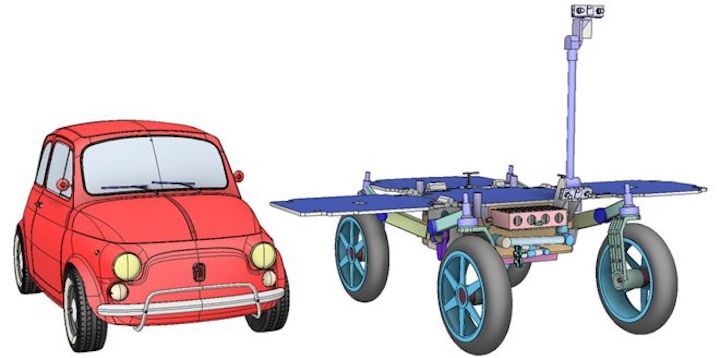
The European Space Agency is moving rapidly to develop its next Mars rover.
It already has one vehicle set to go to the Red Planet in 2022, but is now pushing ahead with a second robot, which will depart in 2026.
This additional rover is part of the US-European project to return rock samples to Earth for analysis.
Esa has awarded an advanced B2 contract to the UK arm of the aerospace giant Airbus, which will enable the firm to kick-start the necessary technologies.
The new rover is dubbed "Fetch" because its mission will be to find and retrieve the rock samples that have been collected and cached on the surface by the American Perseverance rover, which is heading to Mars next month.
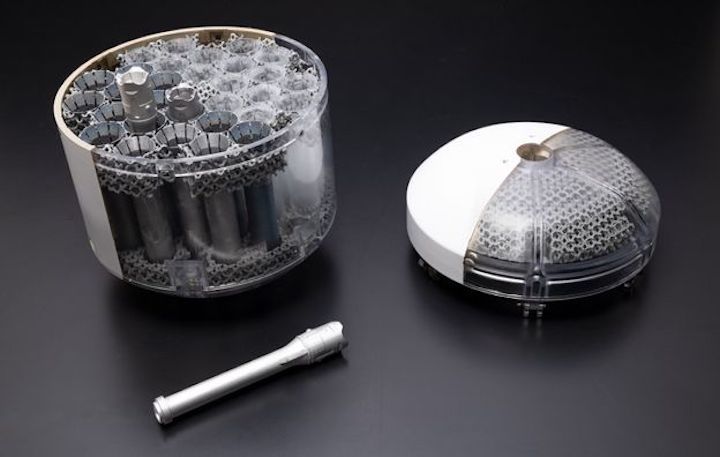
Perseverance will drill interesting rocks and put the tailings in small tubes, which it will then drop to the ground.
The UK-built Fetch robot will pick up these cylinders and take them to a rocket system that will fire the samples up into space where a satellite will be waiting to capture them and bring them home.
Esa and its US counterpart, Nasa, want to despatch the Fetch robot and rocket system to Mars in 2026. The limited time means Esa has had to compress its normal contracting arrangements with industry, and is effectively sole-sourcing from Airbus. Ordinarily, companies would still be in open competition at this stage of a project.
"Because of the tight schedule, we came up with this idea of an advanced B2 contract that will allow our key sub-contractors on all the major systems to get to work right away," said Airbus project manager Ben Boyes.
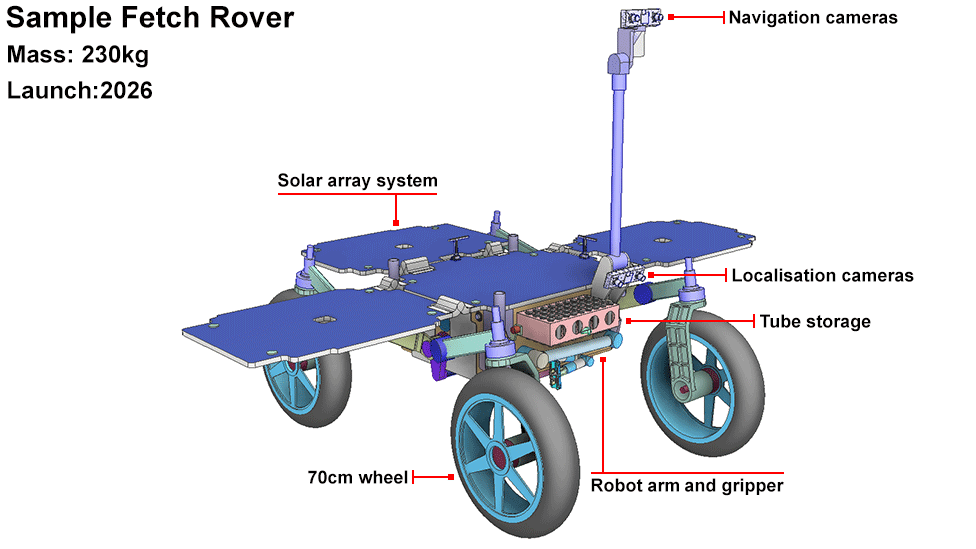 Image copyrightSOURCE: AIRBUS
Image copyrightSOURCE: AIRBUSThe most obvious difference between Fetch and Esa's 2022 Rosalind Franklin rover is the locomotion system. Mars rovers have traditionally been six-wheelers. Fetch will have just four large wheels, giving it the look of a "dune buggy".
This design decision is controlled in part by the volume constraints of the capsule system that will take Fetch and its associated equipment to Mars, but also by the type of driving the rover will have to do when it gets on the ground.
Engineers envisage the 230kg Fetch robot as something of a speedster, travelling hundreds of metres a day over sometimes difficult terrain as it searches for, and retrieves, the rock canisters dropped by Perseverance.
"These wheels really are pretty big," explained Mr Boyes. "Rosalind Franklin's wheels are about 25cm in diameter; the wheels on Fetch are 70cm. But while Rosalind Franklin is an exploration mission where a decision can be taken to avoid tricky ground, Fetch has a very specific job and will be under time pressure. It may need to cross fractured ground."
The wheels have been developed by Nasa at its Glenn Research Center and the B2 contract will see examples fitted to a prototype rover, or breadboard, to demonstrate their capability.
 Image copyrightNASA/JPL-CALTECH
Image copyrightNASA/JPL-CALTECH
This prototype will also feature a visual recognition system that identifies the sample tubes on the ground, a test robotic arm and gripper system to practise picking them up, and autonomous navigation technology to enable the vehicle to move around safely.
"In field trials we will do a full end-to-end system confidence test, to build on the individual technologies we're developing," Mr Boyes said.
"In these trials we'll drive up to 100m, look around, find a tube, and pick it up. That's what we're really focussing on in this phase of the project."
Airbus has pulled into its consortium a lot of the top European space engineering companies, including Franco-Italian firm Thales Alenia Space with which it might still have been in competition during a more familiar Esa contracting process. Other big names include Italy's Leonardo, which is working on the robotic arm; and Canada's MDA, the company which made the chassis system for Rosalind Franklin.
The B2 phase will continue into 2021, when, assuming Esa is happy to proceed, the project will then roll straight into the build phase - what are called the C and D phases of the project.
European space ministers approved funding up to November 2022. They'll need to sanction more funds at that point, but the expectation is that the Fetch rover will be built and ready to ship to the US in 2025. It's in America that the rover will be integrated into the landing platform that also houses the rocket system to take the retrieved rock samples up into Mars orbit.
Europe will be building the waiting satellite as well. The announcement of the contract for the next phase of this element, known as the Earth Return Orbiter, is imminent.
Returning rock samples from Mars is an especially complex and expensive project (costing many billions), but if all the planned aspects come together it's hoped Earth laboratories could be examining small chunks of the Red Planet's crust in perhaps 2031.
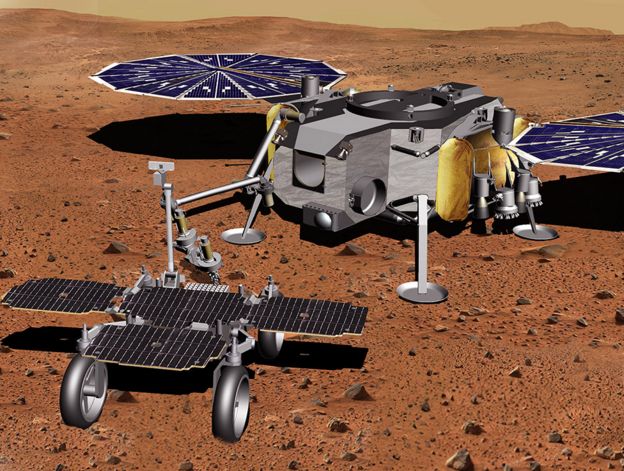 Image copyrightNASA
Image copyrightNASA

 Image copyrightNASA
Image copyrightNASA

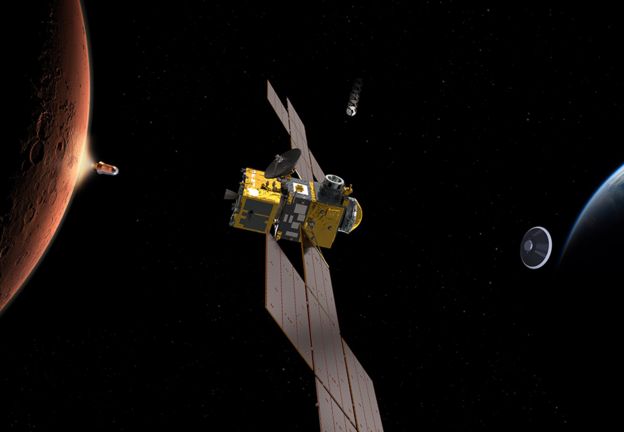 Image copyrightESA
Image copyrightESA
